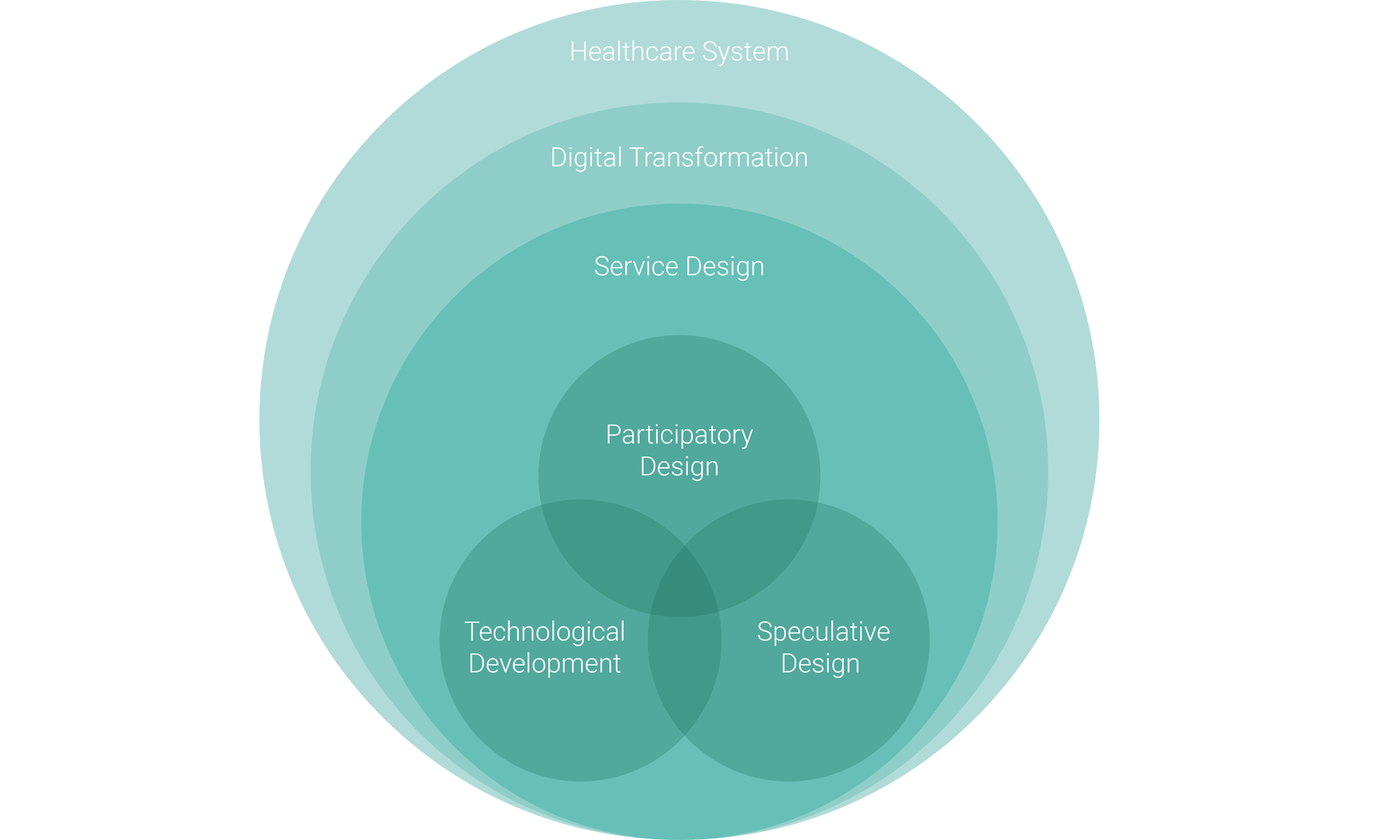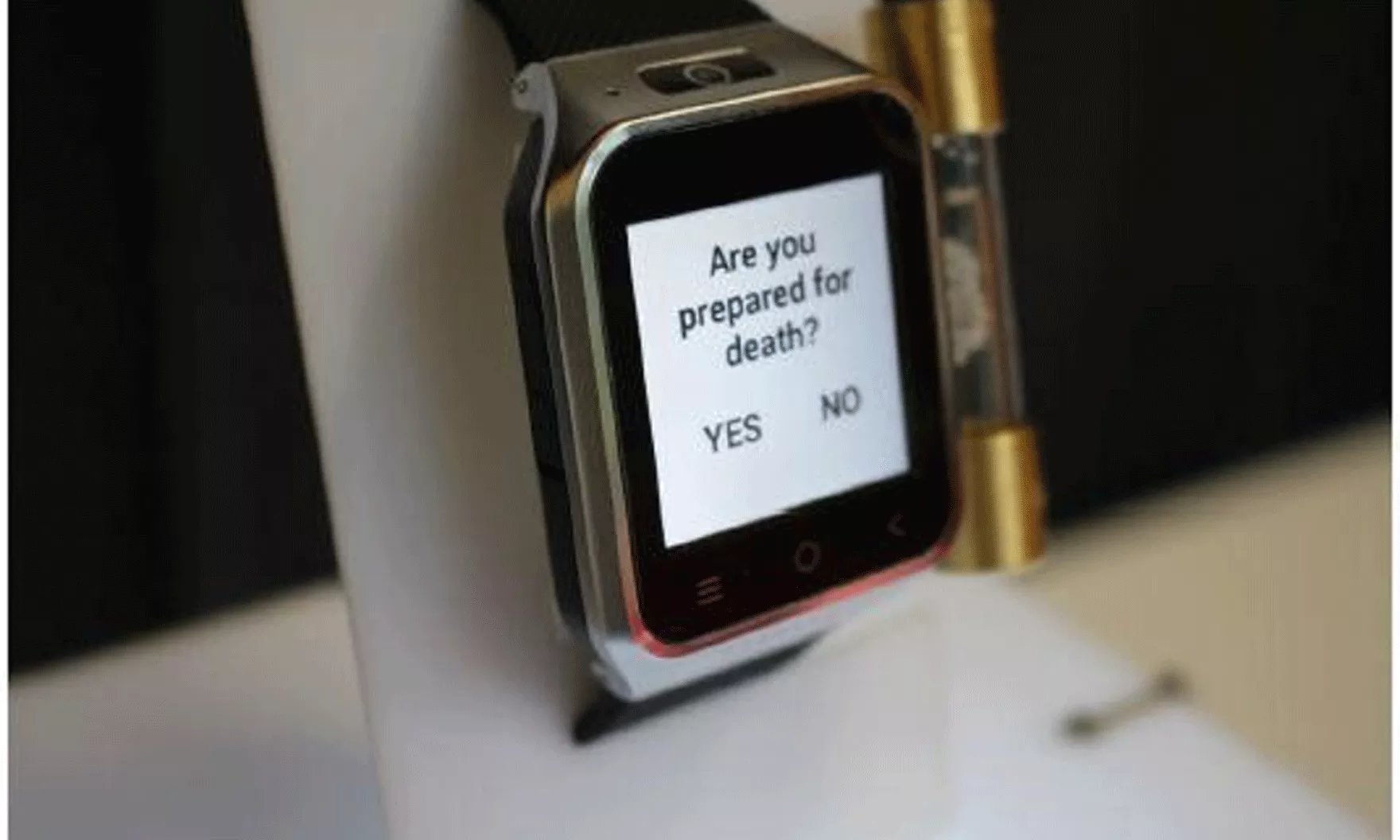Designing the future of healthcare services through participatory speculative design
How can speculative design and service design facilitate digital transformation in healthcare? This article reflects upon digital transformation in healthcare organizations, and the role of speculative design and service design in creating patient-centered services. “Speculative Design generates futures that act as a catalyst for public debate” – Dunne & Raby, 2013



